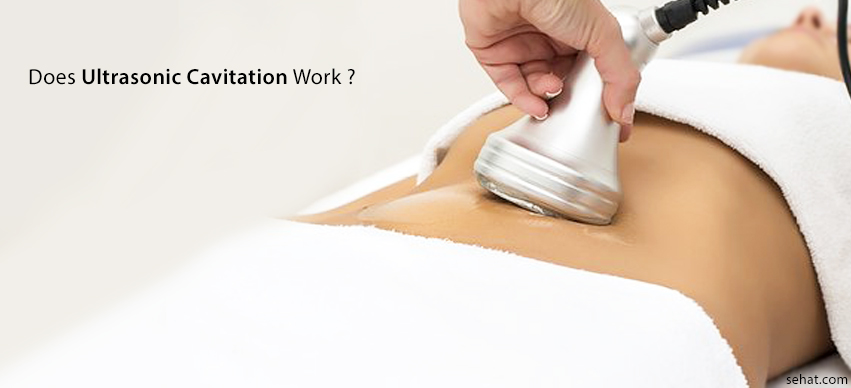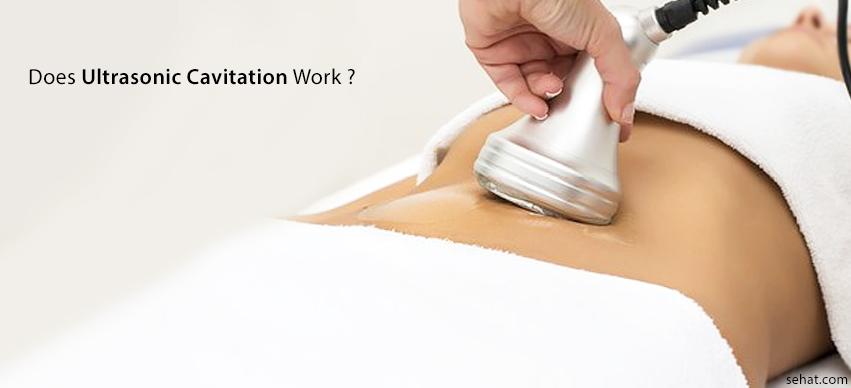Nanoparticle Therapy – An Emerging Cancer Treatment
5 Min Read


Subcutaneous fats are essential to provide body shape, cushion to organs and insulation to the body. For normal functioning of the body and regular reproductive cycles, women require a very minimal amount of body fat.
When excess fat is deposited in adipose tissues, it gives a bulky appearance to the body. As per medical science, in males, subcutaneous fat constitutes 15 – 20% of the total body weight, while in women it constitutes 30-40% of total body weight.
Obesity is a chronic condition characterized by the presence of an excess amount of body fat. It is considered to be a metabolic as well as a lifestyle disorder which tends to disrupt several normal bodily functions leading to serious illnesses. Dealing with obesity aims at achieving a healthier weight rather than ideal weight. The World Health Organization (WHO) states that a waist circumference greater than 35 inches in women and 40 inches in men is associated with a higher risk of having obesity-related illnesses.
Body Mass Index (BMI) | Type of Obesity |
25 – 29.9 | Pre-obese |
30 – 34.9 | Obese Class I |
35 – 39.9 | Obese Class II |
More than 40.0 | Obese Class III |
Causes of Obesity | Illnesses associated with obesity |
|
|
Along with getting rid of excess body fat, achieving a visually appealing, slim and fit body, free from unnecessary cellulite is something which most people desire. People follow a regular diet and exercise regime to achieve a pleasing body image; while some people also opt for other fat reduction methods like slimming medications, teas, gels and lotions and even liposuction.
Non-surgical aesthetic fat reduction techniques are gaining demand among people since surgical methods of fat reduction are associated with longer recovery time and questionable long term results of the procedure.
A newer entrant in the aesthetics which is gaining popularity among people is the ultrasound-induced cavitation of adipose (fat) tissues in the human body. Before knowing how whether it actually works or not, it is important to understand what ultrasound cavitation is.
Ultrasonic cavitation has emerged to be one of the most effective, non-invasive techniques for fat reduction. The word “Cavitation†is used to indicate a decrease in the volume of a localized adipose tissue.
Ultrasonic cavitation is of two types – focused and non-focused.
Keeping disadvantages in mind, more recent devices have been designed to prevent unwanted tissue injury with least possible discomfort.
People who opt to undergo ultrasonic cavitation often question the efficacy of the procedure. To add to their doubts, very few studies have been conducted which support positive clinical outcomes of this procedure along with its long term effects.
Therefore, to evaluate the efficacy of ultrasonic cavitation and its long term benefits, a research study was conducted on 28 patients who underwent a maximum number of 8 sittings.
Although ultrasonic cavitation causes localized fat tissue disruption and visible reduction in subcutaneous fats, it causes minimal or often, no change in overall weight since it aims at “fat loss†and not “weight lossâ€.
The treatment procedure is relatively well tolerated by most patients and is associated with minimal discomfort such as mild swelling and redness of overlying skin which completely resolves within a few days without any specific intervention.
It is important for people undergoing ultrasonic cavitation to understand that different body types tend to react differently to the treatment. On one hand, there will be persons who notice a significant loss of fat and inches whereas some may notice no change at all even after a maximum number of sittings. Therefore it safe to consider that ultrasonic cavitation certainly works – but differently for different body types.
Ultrasonic cavitation procedure works in the following way:
The device used for ultrasound-induced cavitation produces high-intensity ultrasonic waves which cause structural alterations in subcutaneous fat without any negative effect on the overlying skin in contrast to thermal-based techniques which cause considerable pain, swelling and bruising.
Several clinical studies have proved the efficacy of non-thermal ultrasonic cavitation to reduce subcutaneous fat which results in a desirable body contour. Novel non-invasive techniques for fat reduction have become immensely popular in the field of aesthetic medicine although they have varying degrees of efficacy and safety.